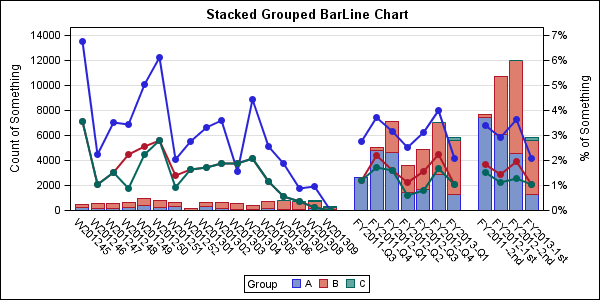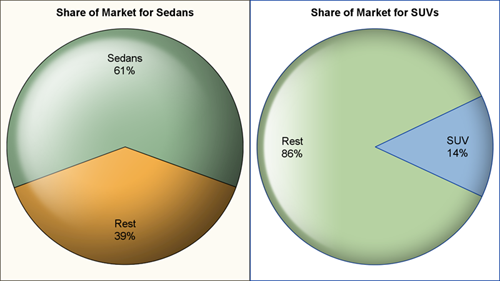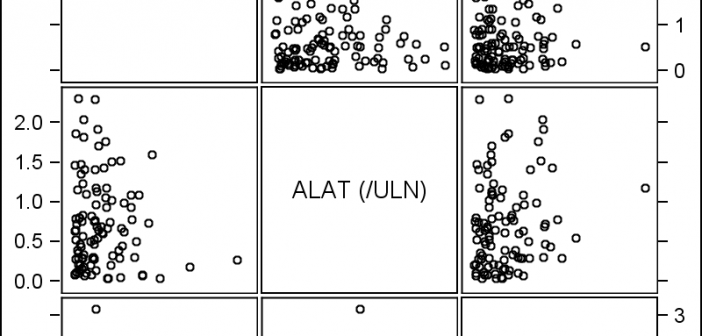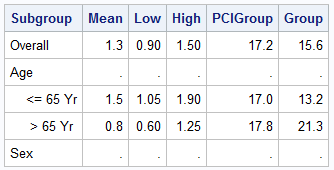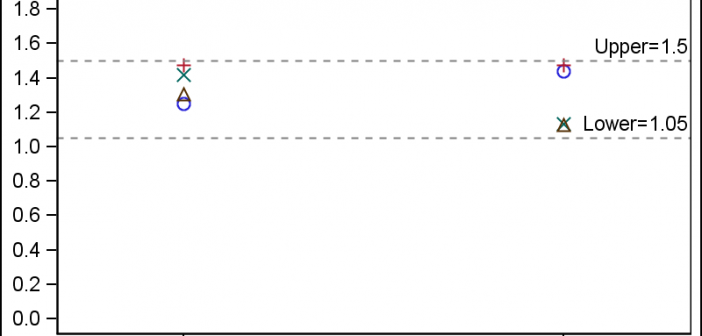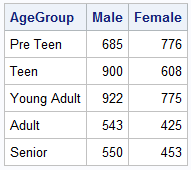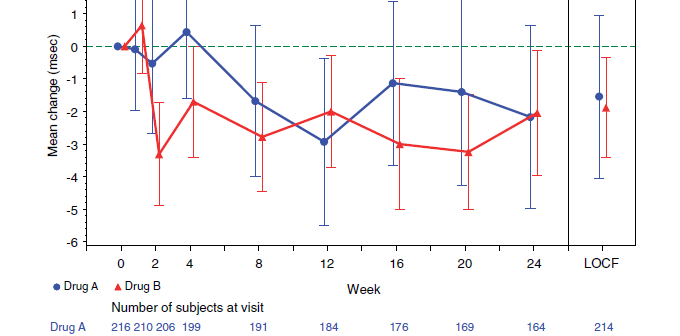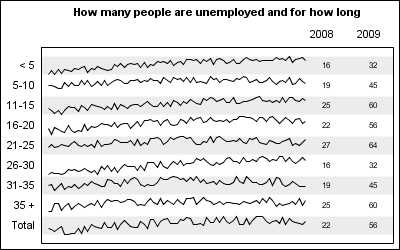
A week ago I had the pleasure of attending MWSUG 2012 in Minneapolis. There were many presentations on Data Visualization in various tracks including the following: Using SAS ODS Graphics - Chuck Kincaid Get the best out of SAS ODS Graphics... - LeRoy Bessler Program Assisted Patient Narratives - Faye



